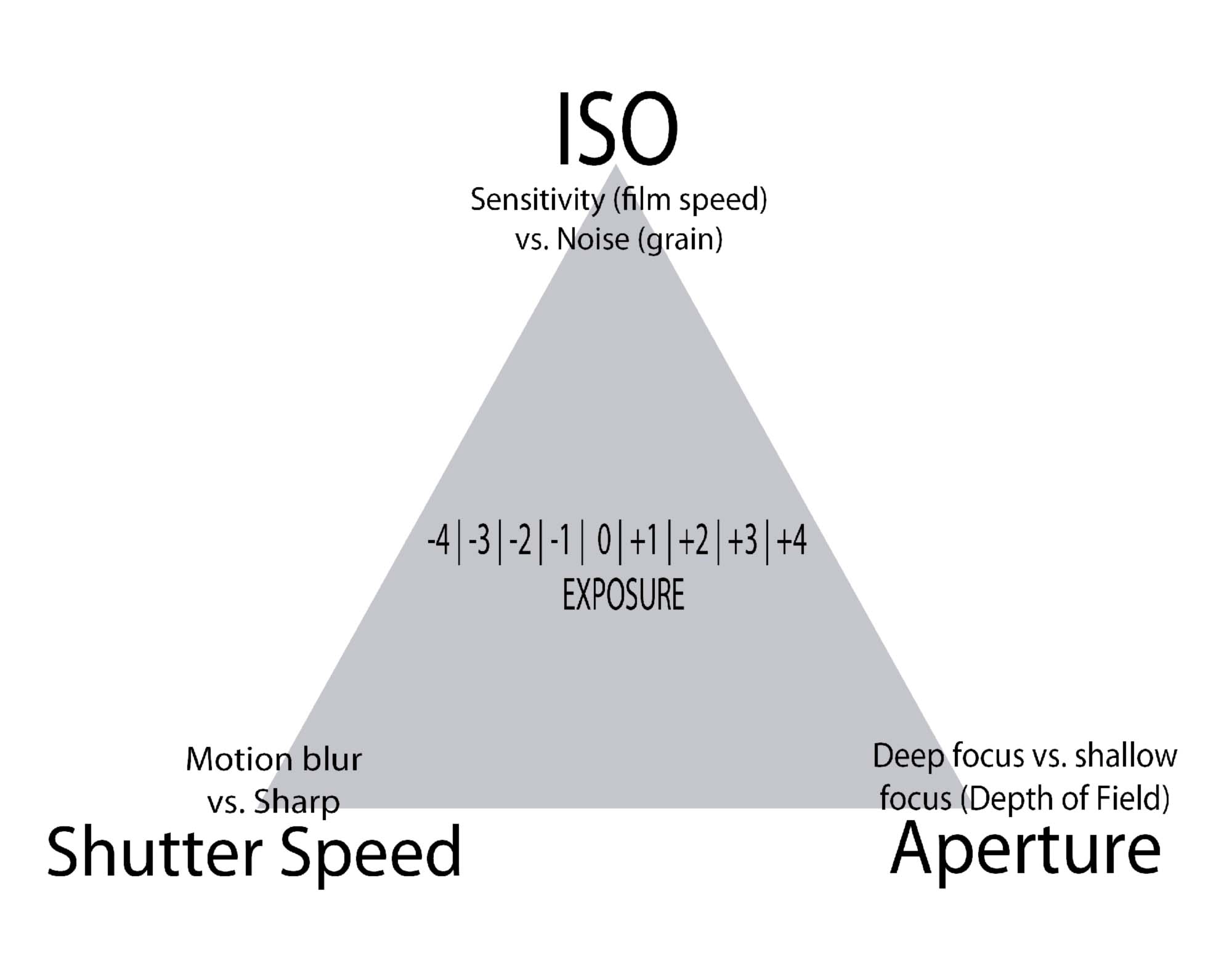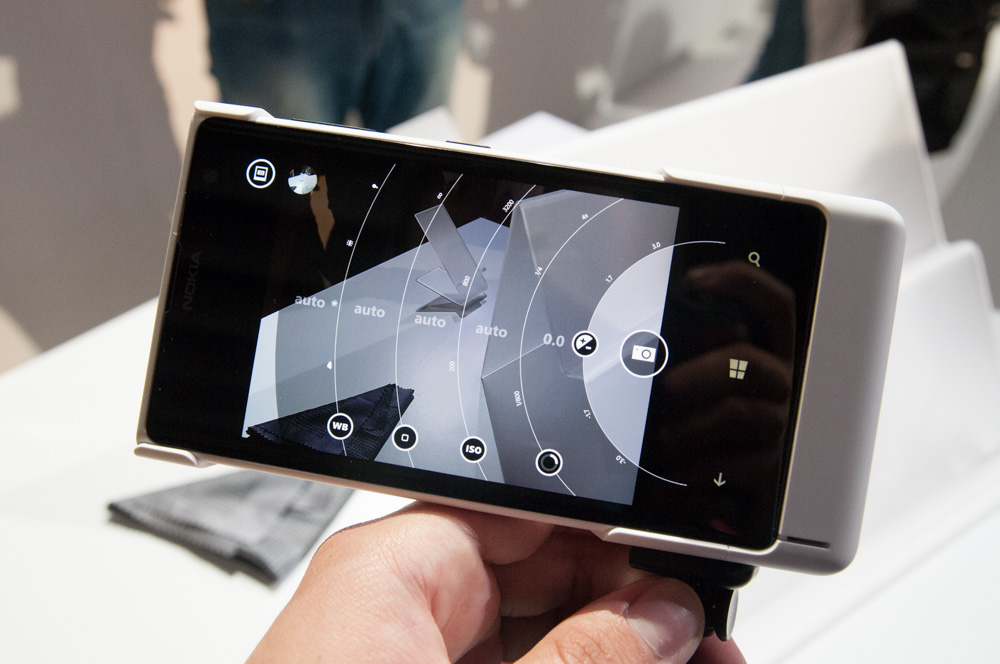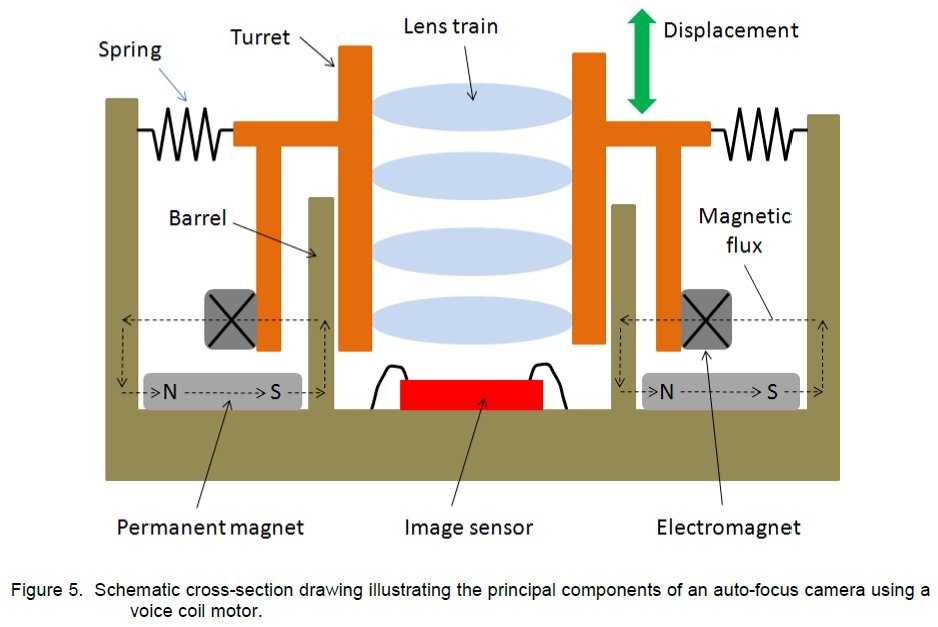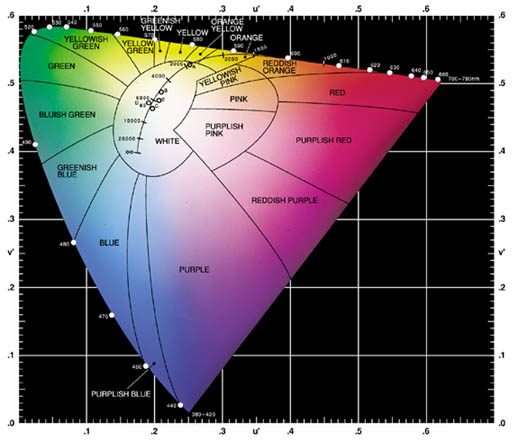Manual Camera Controls in iOS 8
by Joshua Ho on June 18, 2014 11:54 AM EST- Posted in
- Smartphones
- Apple
- Mobile
- Tablets
- iOS 8

For the longest time, iOS had almost no camera controls at all. There would be a toggle for HDR, a toggle to switch to the front-facing camera, and a toggle to switch to video recording mode. The only other tool that was accessible would be the AE/AF lock. This meant that you had to hope that the exposure and focus would be correct, because there was no direct method of adjusting these things. Anyone that paid attention to the WWDC 2014 keynote would’ve heard maybe a few sentences about manual camera controls. Despite the short mention in the keynote, this is a massive departure from the previously all-auto experience.

To be clear, iOS 8 will expose just about every manual camera control possible. This means that ISO, shutter speed, focus, white balance, and exposure bias can be manually set within a custom camera application. Outside of these manual controls, Apple has also added gray card functionality to bypass the auto white balance mechanism and both EV bracketing and shutter speed/ISO bracketing.
For those that are unfamiliar with such terms, it’s worth talking about what each of these controls can do. First, ISO and shutter speed are two of the three factors that affect the exposure of a scene. The third is the lens aperture, but in the context of mobile, aperture is almost always fixed. ISO is best described as the sensor gain, and shutter speed is the time that the sensor is taking in light. While increasing ISO can brighten a scene, doing so also increase the noise in an image. It's also possible to select different formats within a custom camera application, such as the low light mode. This means that a third party camera application wouldn't be denied access to features that can be found in the stock camera application. A possible UI for this third party camera can be seen below in the Lumia 1020's Nokia Pro Camera application.

The flip side is shutter speed. While longer shutter speeds can decrease ISO, it also means that hand shake and motion blur are more likely to affect the image. This means that things like long exposure photography are now possible. It’s also possible to force lower or higher ISO/shutter speed compared to what the auto-exposure algorithm would pick based upon the scene. It's also important to note that the preview frame rate will be the same as the set shutter speed. This means that the lower bound can be 1FPS in certain formats. With the controls that Apple has exposed, it’s even possible for developers to write their own custom auto-exposure algorithms. Outside of these manual controls, it’s also possible to add a bias to the auto-exposure algorithm. This should appear in the stock iOS 8 camera application in the near future.
Focus is another key control that adjusts the lens from macro focus to infinity focus, and this means that it’s now possible to focus in situations where contrast detection auto-focus mechanisms struggle to work correctly. This opens up new ways to compose an image, and also opens up new kinds of shots with video. A great example of this is smoothly focusing into an object to provide a dramatic effect, something that would've been impossible up until now. There was a strong emphasis on the fact that focus couldn't be mapped to distance, as the focal length varies from device to device and the VCM behavior is also affected by gravity, age, and variance in the production process. A diagram of a VCM AF system can be seen below.

White balance is now also fully manual, something that was previously only limited to Windows Phone and HTC's custom camera application. Apple went into deep detail regarding the implementation of this manual color balance, which effectively skews based upon RGB gain at a low level, but can be converted to Kelvin through the API that is opened up. This, in addition to the "gray world" white balance, allows further control of how a shot will come out.
While only the exposure bias controls will make it into the stock camera application, all of these new controls exposed through the AVCaptureDevice APIs will enable camera applications similar to Nokia's Pro Camera or HTC's Sense 6 camera application. It's been said that Apple is one of the few OEMs that take camera seriously, and these new controls can only cement that position.











42 Comments
View All Comments
bradleyg5 - Thursday, June 19, 2014 - link
Medium Format cameras have larger sensors than dSLRs and in a lot of ways are vastly inferior to smaller 35mm sensors.There is vastly more investment in the sensor size the iPhone uses than the Nokia 1020 does, if you look at dxomarks scoring on mobile sensors the 1020 is already close to being surpassed.
The iPhone 6s sensor probably will surpass the Nokia 1020s sensor regardless of its size. The shallower depth of field on the Nokia can't be matched due to size. But low light sensitivity, clarity and colour rendition definitely can be.
kyuu - Thursday, June 19, 2014 - link
I'm looking at the Dxomark website and what you're saying doesn't jive with what the site actually says. You also seem to ignore that there's more to a camera than just its sensor. The iPhone's strengths likely have little to do with its sensor.Also, by the time the iPhone 6S comes out, I'm pretty sure Nokia/Microsoft will have a successor to the 1020 out. I don't see how its meaningful that the iPhone 6S might "surpass" a phone that will be a few years old by that point, even if we assume that's true.
kyuu - Thursday, June 19, 2014 - link
To add to my previous comment, after looking around the Dxomark site a little more, I'm inclined to conclude that their ratings are complete garbage. Specifically, the fact that all the categories are given equal weight and then simply tallied up to make up the final score is highly misleading.And plus, the Galaxy S5 is at the top of the charts. I mean, really? Better than the 1020 and the Xperia Z2? Really?
mightybrawler - Wednesday, June 18, 2014 - link
The xenon flash is brighter than the true-tone flash found in the iPhone 5S, but pathetically less accurate (temperature, colour, etc.); as an example, you can check out the differences that recombu found in its comparison. That would bring the proposed advantages down to the size of the sensor and (possibly, since I haven't found or done any comparisons yet) the ambient noise / sound quality due to the four mics in the 1020 / 1520, vs the three-mic setup in the 5 / 5S.Thermogenic - Wednesday, June 18, 2014 - link
Don't forget Optical Image Stabilization, which is something I really hope Apple includes in the iPhone 6. That being said, by the time the iPhone 6 is released, you would be comparing it to a two year old Lumia 1020 for the camera. The Lumia is also gimped a bit by having 41 MP. If it had the same sensor size and, say, 20 MP, then we'd be talking a spectacular camera.Narg - Thursday, June 19, 2014 - link
You can take 20 MP pictures with the 1020 and get the same result as if you used a lower pixel count image sensor to the 41 MP, because Nokia combines the pixels in lower resolutions to get more light, it doesn't do what they did in the past of using less pixels. You're concerns are based on old technology formats.BPM - Thursday, June 19, 2014 - link
5s doesn't use the 3 mic setup for video recording. Which has always baffled me.kyuu - Thursday, June 19, 2014 - link
I would like to see your source for xenon flashes being "pathetically less accurate" while the iPhone 5S's dual-LED flash is apparently the bee's knees, since this is contrary to pretty much everything I've ever seen on the subject.Krysto - Friday, June 20, 2014 - link
I agree color isn't xenon flash's best friend, however in a dynamic night environment, Xenon is FAR superior any kind of flash. Any photo you'll take of anyone moving around in a dark environment will come out blurry. Xenon takes very sharp pictures in such environment, and considering you're taking it in the dark, slightly off color isn't such a big issue.But I'd prefer a phone with both strong flash and Xenon, simply because everyone wants a flashlight.
jlabelle - Friday, June 20, 2014 - link
fortunately, white balance is a setting applied when convert to JPEG. Shooting RAW with a Lumia let you all the freedom to choose the perfect white balance you want + you can choose among white balance preset in the Nokia Camera app.